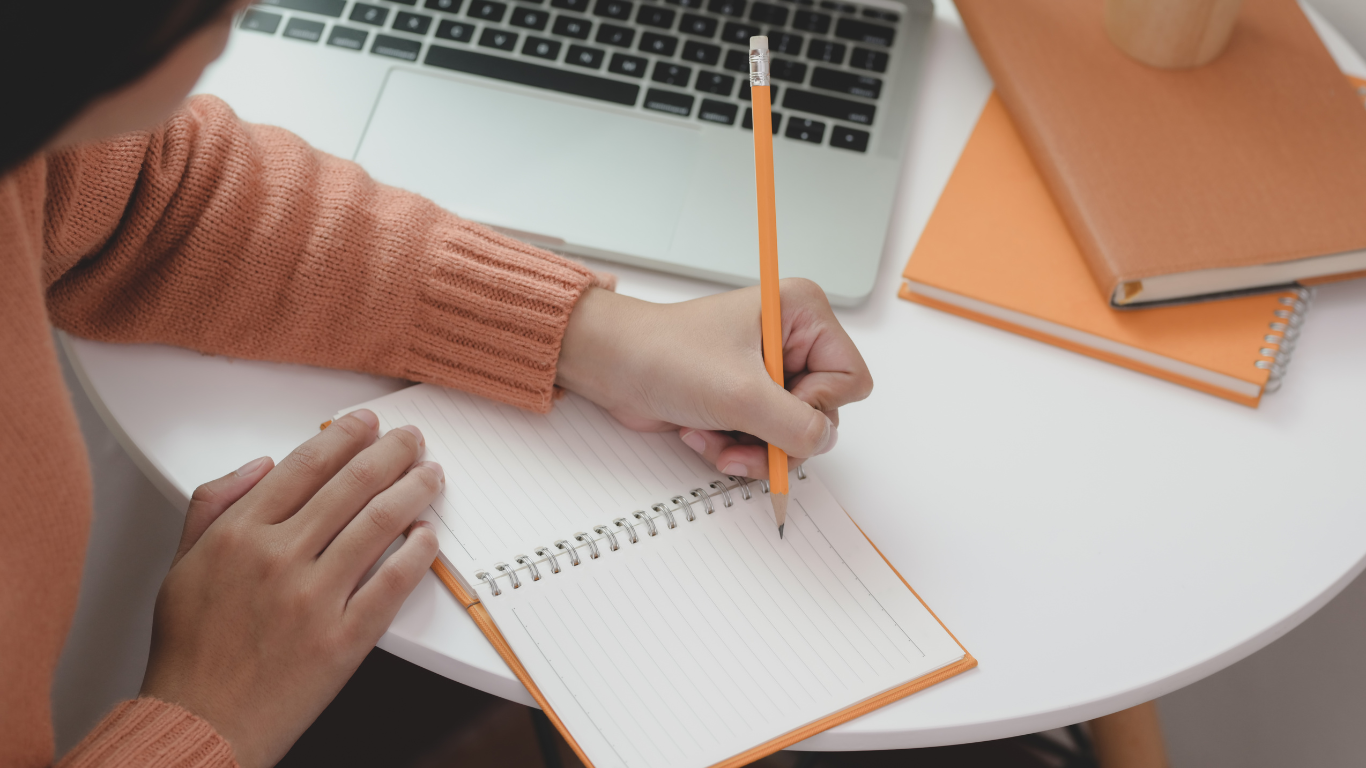Begin with the end
Know what the learning objective is so that you can base your key points of learning and activities around it. Every part of the lesson should lead to this ultimate goal.
Learning style
You will need to know the learning preferences of the child who is being taught so that you can understand how to present information to them. For example, some children learn best with plenty of graphical representations and others learn well by recording and re-listening.
Knowledge recall
Ensure that your child has relevant prior knowledge before jumping straight into the lesson. It is essential to have the foundation knowledge to understand what follows it. Begin each lesson with a retrieval segment to help reduce the cognitive load on the limited capacity of the working memory.
Small steps
Break the lesson plan into small steps that are easily digested. This is more likely to ensure a pacey, fun lesson and learning success. It also makes it easier for the working memory to deal with new information.
Ask questions
get your child involved in the learning process. Teach them the new subject matter but also ask plenty of relevant questions. By doing this, you are checking for misunderstandings and misconceptions are avoided. This gives you an opportunity to check for their understanding and to check to see if you need to dedicate more time to certain topics.
Prior knowledge
any related knowledge that has been learned before will act as a foundation for the next step in the learning process. If certain parts of the foundation have been misunderstood or are missing altogether, then a recap should be done first before moving on to the next step.
